
FPGA Acceleration of Convolutional Neural Networks (CNNs)
White Paper FPGA Acceleration of Convolutional Neural Networks Overview Convolutional Neural Networks (CNNs) have been shown to be extremely effective at complex image recognition problems.
Legacy Product Notice:
This is a legacy product and is not recommended for new designs. It is still available for purchase, but development tools and software are no longer maintained for compatibility with the latest FPGA tools and operating systems. Minimum order quantities (MOQs) may apply. Contact BittWare for details.
BittWare’s XUP-PL4 is a low-profile PCIe x16 card based on the AMD Virtex UltraScale+ FPGA. The UltraScale+ devices deliver high-performance, high-bandwidth, and reduced latency for systems demanding massive data flow and packet processing. The board offers up to 32 GBytes of memory, sophisticated clocking and timing options, and two front panel QSFP cages, each supporting up to 100 Gbps (4×25) – including 100GbE.
The XUP-PL4 also incorporates a Board Management Controller (BMC) for advanced system monitoring, which greatly simplifies platform integration and management. All of these features combine to make the XUP-PL4 ideal for a wide range of data center applications, including network processing and security, acceleration, storage, broadcast, and SigInt.
The HRG gives you much more detail about the card such as block diagrams, tables and descriptions.
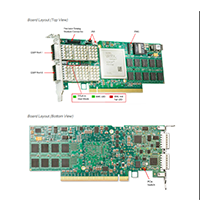
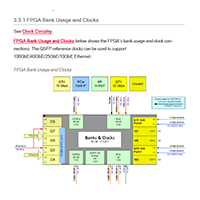
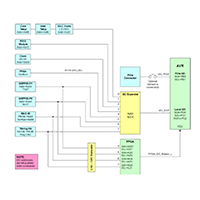
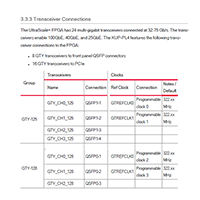
Get extended warranty support and save time with a pre-integrated solution!
Our technical sales team is ready to provide availability and configuration information, or answer your technical questions.
"*" indicates required fields

White Paper FPGA Acceleration of Convolutional Neural Networks Overview Convolutional Neural Networks (CNNs) have been shown to be extremely effective at complex image recognition problems.

BittWare Partner Solution VAS Suite Intelligent Video Analytics Solution VAS Suite from Megh Computing is an intelligent video analytics solution for security and system integrators
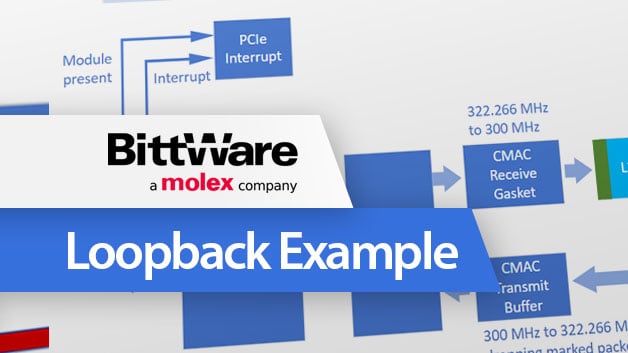
White Paper Introduction to BittWare’s Loopback App Note and Example Overview BittWare’s Loopback example demonstrates several things: How to fully use the Xilinx CMAC in

Go Back to IP & Solutions IPsec IP Core Extreme Speed IPsec IP Core IPsec (Internet Protocol Security) is a widely accepted and adopted security